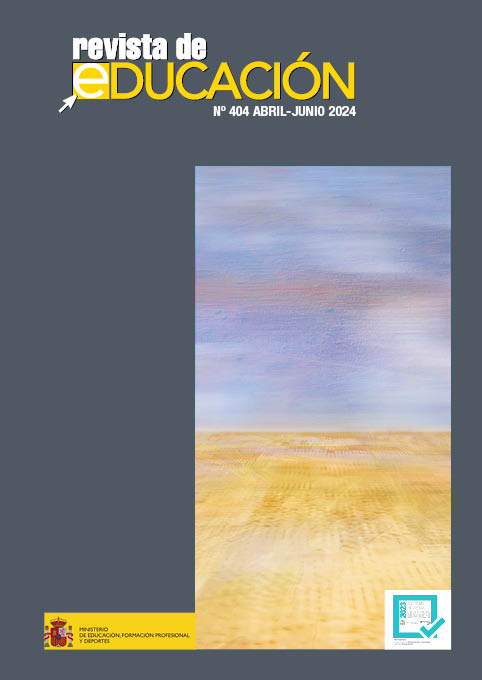Influencia de las dinámicas de grupo en la formación superior semipresencial
Contenido principal del artículo
Resumen
Este artículo explora los beneficios de combinar el aprendizaje mixto y los enfoques de dinámicas de grupo en la educación superior. Si bien es conocido que el aprendizaje mixto ofrece una mayor eficiencia en cuanto a las horas dedicadas la formación que la educación presencial tradicional, también puede provocar una falta de comunicación y relación entre los compañeros, lo que afecta negativamente al bienestar y el rendimiento de los estudiantes. Para abordar esto, el presente estudio realizó un experimento con estudiantes de Máster del Instituto Europeo de Innovación y Tecnología dentro de la comunidad de conocimiento e innovación EIT Digital. Un grupo recibió su formación con la metodología de enseñanza tradicional, mientras que el otro grupo recibió su formación con aprendizaje mixto, combinado con dinámicas de grupo. Gracias a este estudio se obtuvo que los estudiantes de aprendizaje mixto internalizaron el motivador externo de las dinámicas de grupo. El uso del enfoque de aprendizaje mixto combinado con dinámicas de grupo no solo mantuvo el bienestar y el rendimiento de los estudiantes mixtos, sino que también mejoró la asimilación de habilidades técnicas y blandas, en comparación con los enfoques tradicionales. Así, las dinámicas de grupo sirven como catalizador para una enseñanza efectiva en entornos de aprendizaje mixto y mejoran el rendimiento académico de los estudiantes en actividades grupales. En general, los hallazgos de este estudio sugieren que la educación mediante aprendizaje mixto se puede mejorar mediante el uso de las dinámicas de grupo. El artículo concluye que este trabajo podría contribuir a la implementación de la educación mediante aprendizaje mixto en la era posterior al coronavirus, ya que ofrece un enfoque efectivo para mantener el bienestar y el rendimiento de los estudiantes, al tiempo que se logra una eficiencia en la enseñanza.
Palabras clave: aprendizaje mixto; educativo superior; dinámica de grupo; eficiencia; análisis cuantitativo; motivación intrínseca.

